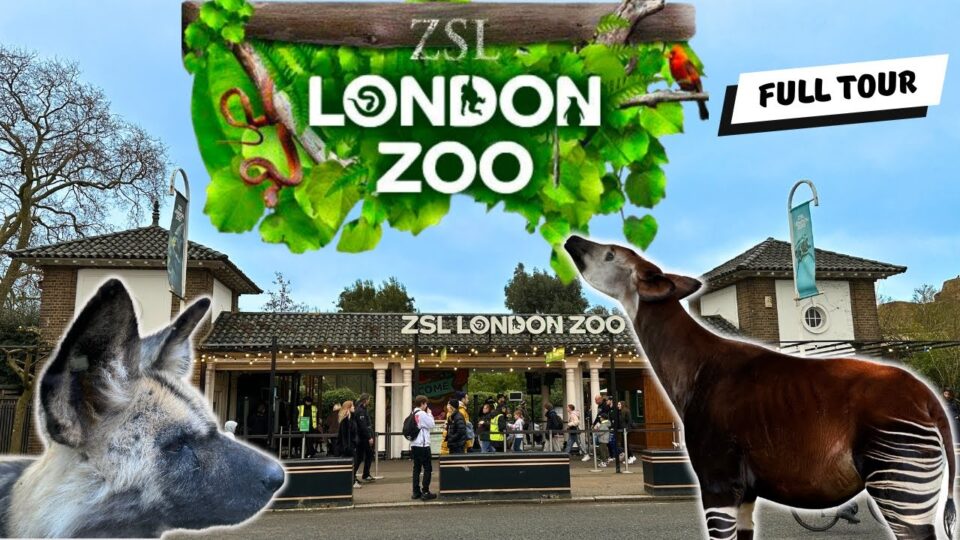In the middle of the concrete jungle that is modern London, there is a sanctuary for the tourist’s eyes to wander into the beauty of the outdoors. The London Zoo is one of the oldest scientific zoos in the world, and the inhabitants of the zoo seem to enjoy city life.
This zoo has more than seven hundred and fifty animal species and has been opened for public viewing since 1828 and is an opportunity to learn, play and even touch animals from different parts of the world. Regardless of whether one is an inhabitant of this city or just a tourist, the London Zoo will make you learn and explore while conserving nature.
A World of Habitats: Themed Zones and Exhibits
The habitats of the animals have been well imitated in the London Zoo through the use of the themed zones and exhibits. From the “Rainforest Life” where monkeys, birds, and sloths are free to play, to the “The Land of the Lions” where Asiatic lions roam about the zoo provides the visitors with the feel of the world’s habitats.
One of the most interesting places to visit penguins is the “Penguin Beach,” which is the biggest penguin pool in England and which recreates the natural environment of these birds as closely as it is possible. The zones have been well designed to provide information to the people and at the same time offer a visual treat all in the aim of raising awareness of the plight of animals and the need to conserve their environment.
Animals at London Zoo
Abdim’s stork
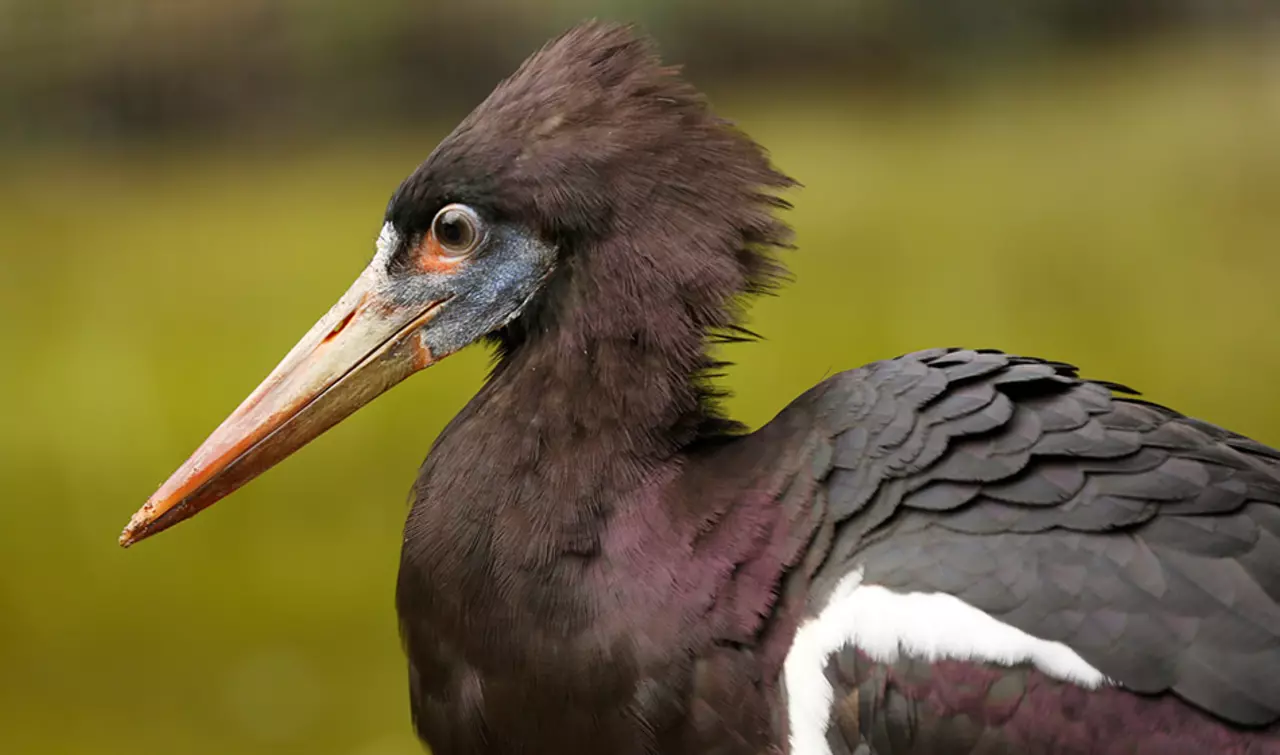
A medium-sized bird indigenous to sub-Saharan Africa and portions of the Arabian Peninsula, the Abdim’s stork goes by another name: the white-bellied stork. This stork is common in wide grasslands, savannas, and agricultural regions; it is easily identifiable by its red legs, black and white plumage, and stunning blue skin around the eyes. An important pest controller, it preys mostly on insects, rodents, and small animals.
The Abdim’s stork is well-known for its extensive migration, which it does from breeding grounds to non-breeding locations. Efforts to conserve it are crucial because, despite its extensive distribution, it is under risk from things like habitat loss and climate change.
Alaotran gentle lemur
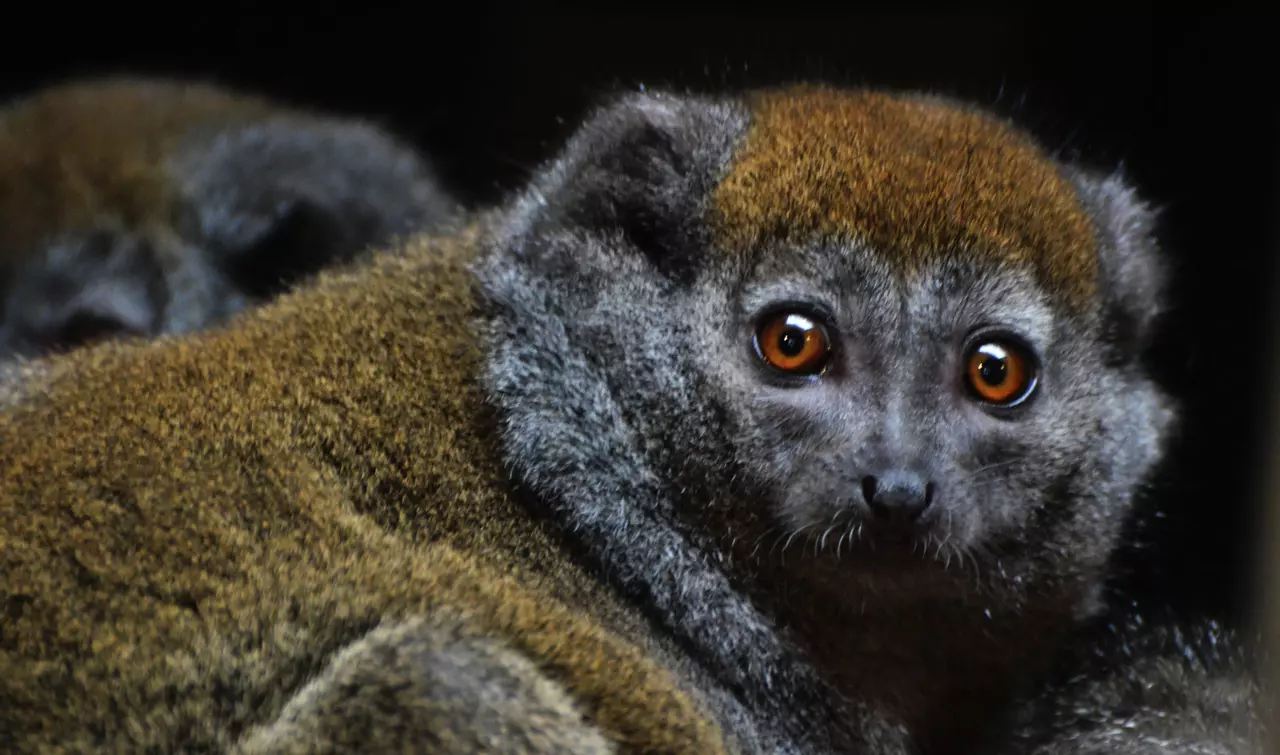
One of Madagascar’s rarest and most endangered primate species is the Alaotran gentle lemur, sometimes called the Lac Alaotra bamboo lemur. Its distinctive adaptations let it to thrive in the thick reed beds surrounding Lake Alaotra, where it subsists mostly on papyrus and other aquatic plants.
The loss of its natural habitat, caused mostly by the growth of agriculture and the burning of reed beds, has put this little gray-brown lemur in grave risk of extinction. This species and its delicate marsh habitat are in grave danger of extinction unless immediate and drastic conservation measures are taken.
African wild dog
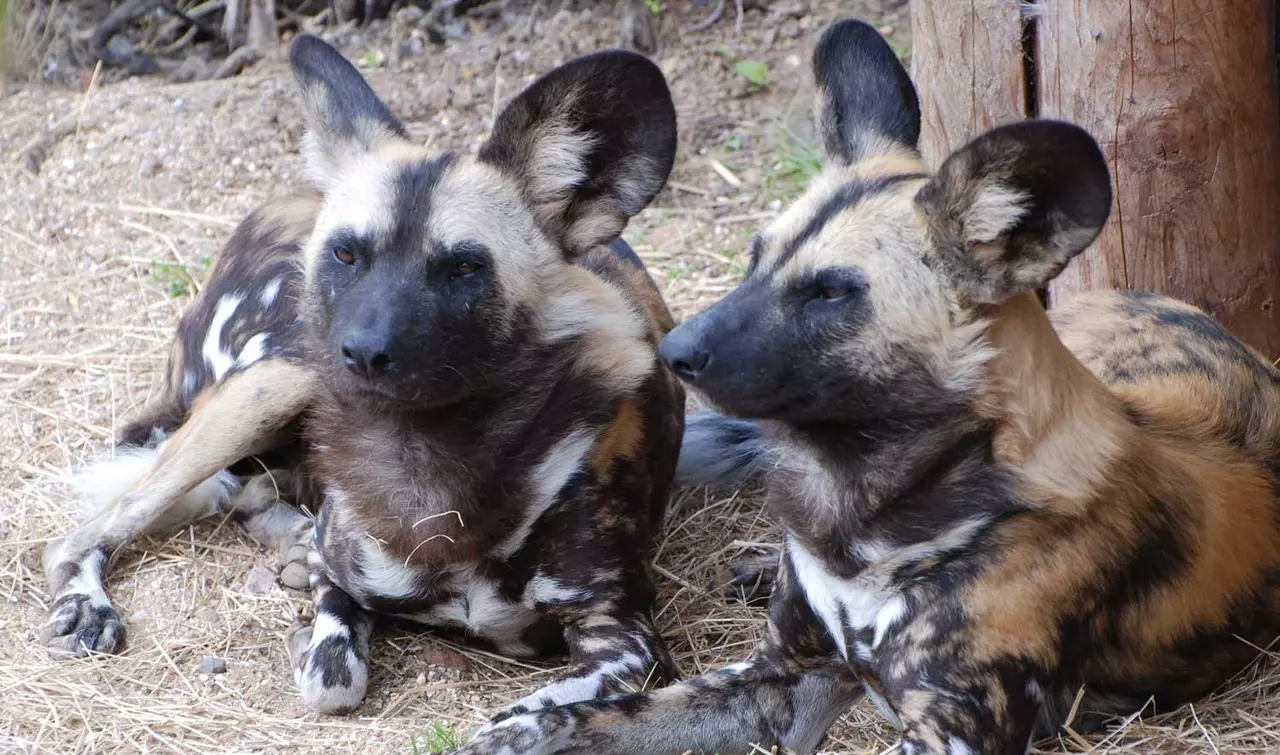
African wild dog, painted wolf, is a gregarious and endangered canid, which is native to sub-Saharan region of Africa. It has a multicoloured coat with patches of black, white, brown, and yellow that makes it easily identifiable. These wild dogs in Africa are known to hunt in groups of between six and twenty dogs and are well known for their teamwork in hunting large animals such as antelopes. It can reach 80% and more, which makes them some of the most effective hunters in the whole animal world.
African bullfrog
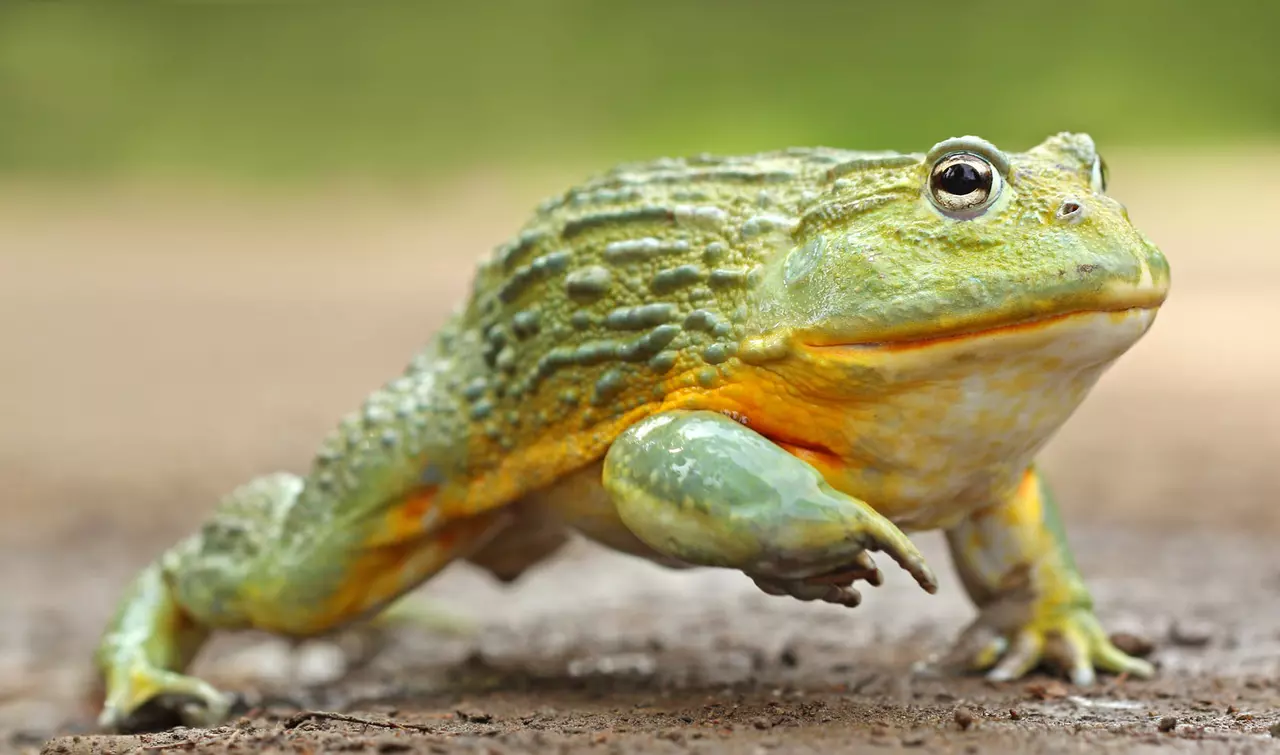
Male African bullfrogs are also very good parents to their young ones. To prevent tadpoles from drowning whenever they are in small ponds, which may dry up during development, they will make ditches to large ponds if necessary. Apart from having a large stomach and throat, these frogs are famous for their ‘if it has movement, it is food’ principle.
As it has been pointed out, African bullfrogs would eat large birds, snakes, monitor lizards and other bullfrogs. Most of the year they remain dormant in their burrows or chrysalises but in the rainy season, they come out of their holes to mate in shallow waters such as puddles and ditches.
Alpaca
 Tamed alpacas were first bred in the South American region of the Andean slopes, in the countries of Chile, Bolivia, and Peru. Alpacas have been bred for their wool over thousands of years, and the wool is particularly valued because it is hypoallergenic, hard wearing and has a very soft and plush feel to it.
Tamed alpacas were first bred in the South American region of the Andean slopes, in the countries of Chile, Bolivia, and Peru. Alpacas have been bred for their wool over thousands of years, and the wool is particularly valued because it is hypoallergenic, hard wearing and has a very soft and plush feel to it.
In fact, the main use of alpacas is the production of pulp, not pack animals as it is the case for its close relative the llama. They are herbivores that are docile and live in large groups in regions of grasslands.
A Must-Visit Destination for Animal Lovers
London Zoo is not only an entertainment center for tourists but also a significant center for animals’ preservation globally. As for its conservation, it also underlines the importance of the protection of the Earth’s bio-diversity, and the various exhibitions which it holds are a way to appreciate the wonders of nature.
The London Zoo is a wonderful and exciting place for a day out for families, biologists, students of biology and everybody who is interested in animal conservation. While it is very exciting to see the creatures, it is even more important to come here to get to know how each of us can contribute to the protection of nature. Hence, when you are in London, do not let this chance slip, and go out into this great city and explore all that is in it.

